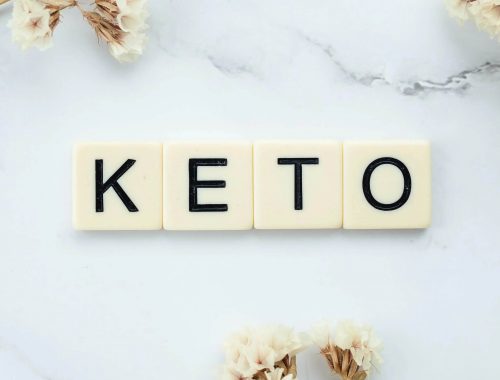How Keto Diet Works for Weight Loss
The ketogenic diet, also known as the “keto” diet for short, is a high-fat, low-carb diet that has been demonstrated to aid in weight loss and enhance a number of health indicators.
The fundamental idea behind the keto diet is to severely cut back on your intake of carbohydrates, forcing your body to start burning fat as its main fuel source. When you ingest carbs, your body converts them to glucose, which is then used as fuel. However, when you limit your consumption of carbohydrates, your body enters a metabolic condition known as ketosis when it switches to using fat for energy.

When your body is in ketosis, it begins to produce molecules called ketones, which can be used by the brain and other organs as an energy source. This process allows the body to burn stored fat, leading to weight loss.
One of the main benefits of the keto diet is that it can lead to significant weight loss in a relatively short period of time. This is because when your body is in ketosis, it is more efficient at burning fat, which can help you lose weight quickly. Additionally, because the diet is high in fat and protein, you may feel more full and satisfied, which can help you eat less overall.
The keto diet also has other potential health benefits, such as improving blood sugar control, reducing inflammation, and even potentially reducing the risk of certain diseases.
The keto diet typically involves eating a lot of healthy fats, such as olive oil, avocado, nuts, and seeds. It also includes moderate amounts of protein, such as chicken, fish, and eggs, and very low amounts of carbohydrates, such as leafy greens, berries, and non-starchy vegetables.
To get started on the keto diet, you will need to calculate your daily macronutrient needs. This involves determining the number of grams of carbohydrates, protein, and fat you should eat each day. Generally, on a keto diet, you should aim to consume less than 50 grams of carbohydrates per day, moderate amounts of protein, and the majority of your calories from healthy fats.
It’s also crucial to remember that the keto diet may have drawbacks, just like any other diet. The “keto flu,” for instance, is a collection of symptoms that can appear as your body gets used to the new diet. Constipation and other digestive problems are also common, but they can be treated by increasing your consumption of non-starchy vegetables and drinking plenty of water.
Additionally, if a person is used to eating a lot of bread, pasta, and other carb-heavy foods, they may find it challenging to adhere to the rigorous carbohydrate restrictions of the keto diet. Planning your meals in advance and always having healthy, low-carb options on hand is essential for success on the keto diet.
It’s also crucial to keep in mind that not everyone should follow the ketogenic diet, especially if they have specific medical issues like diabetes or kidney disease. It’s crucial to see a healthcare provider before beginning the keto diet to ascertain whether it’s the best option for you.
The keto diet can be a highly effective weight loss tool, but it’s not for everyone. As with any dietary change, it’s important to consult with a healthcare professional to determine if it’s the right choice for you. If you’re looking to lose weight quickly, the keto diet may be worth considering, but be sure to approach it with caution and close monitoring of your health.
You May Also Like

What is the Keto Diet and How Does it Work?
January 30, 2023
Keto Diet Meal Plan: A Week of Delicious and Easy Recipes
January 20, 2023

